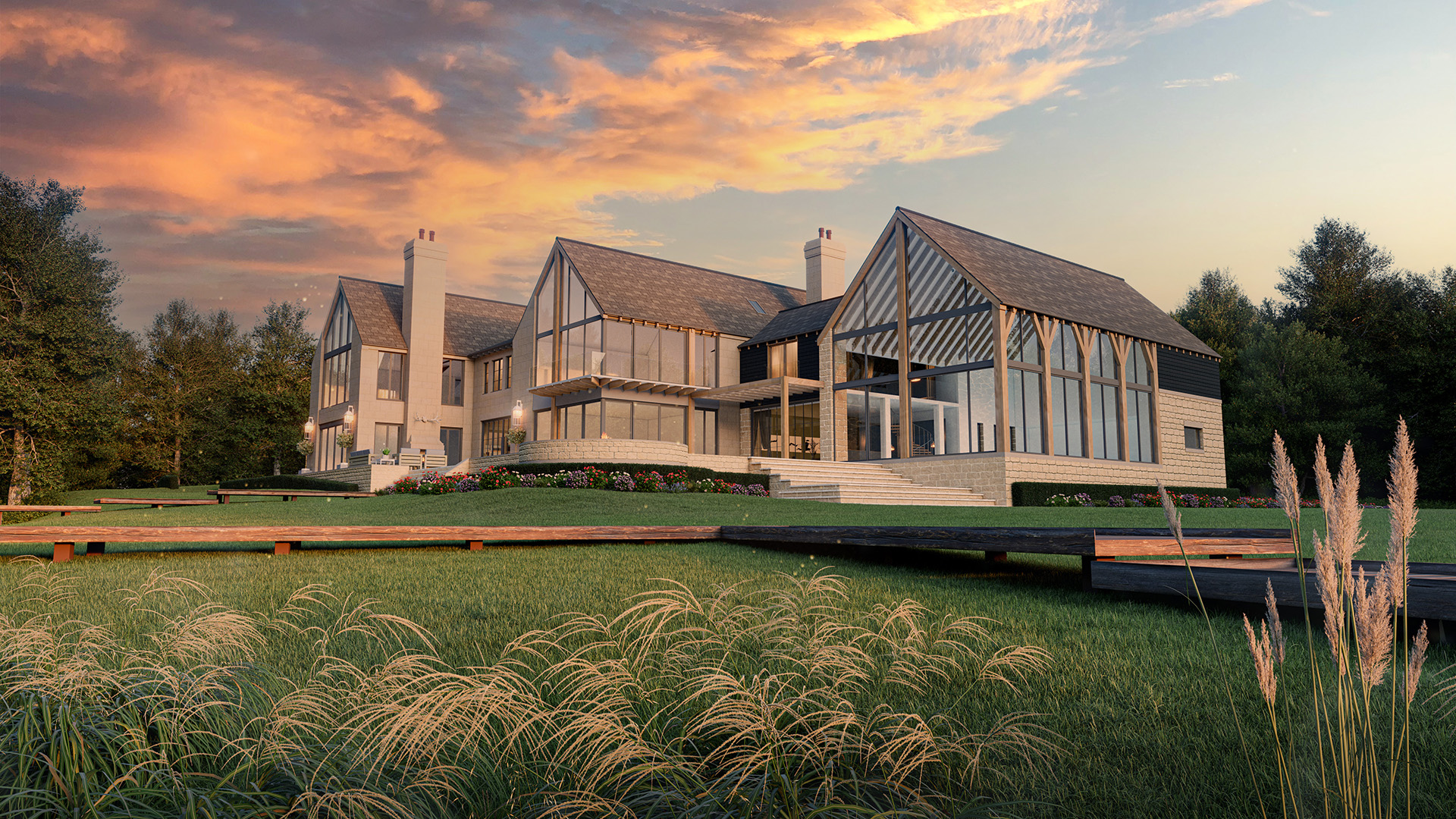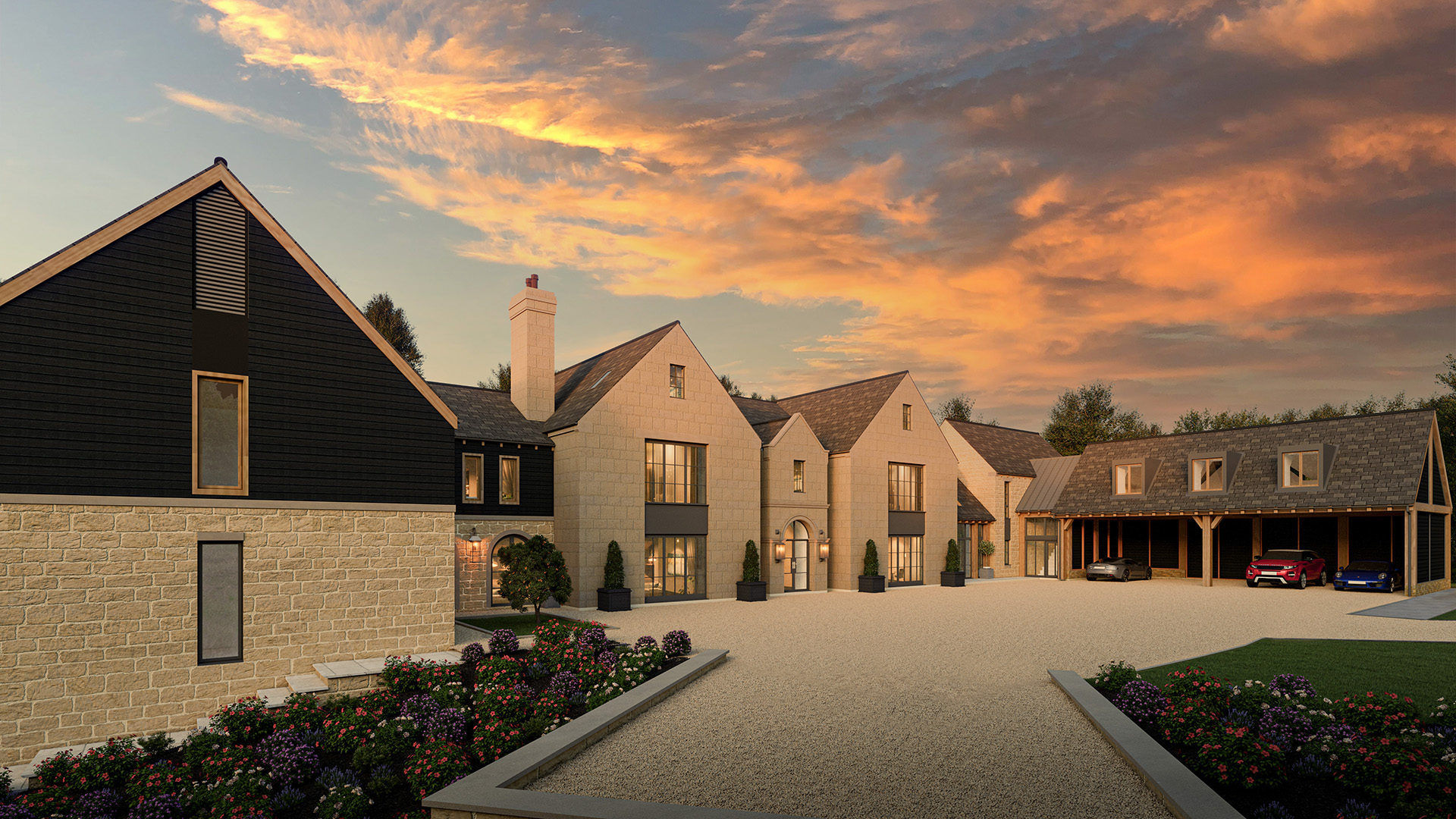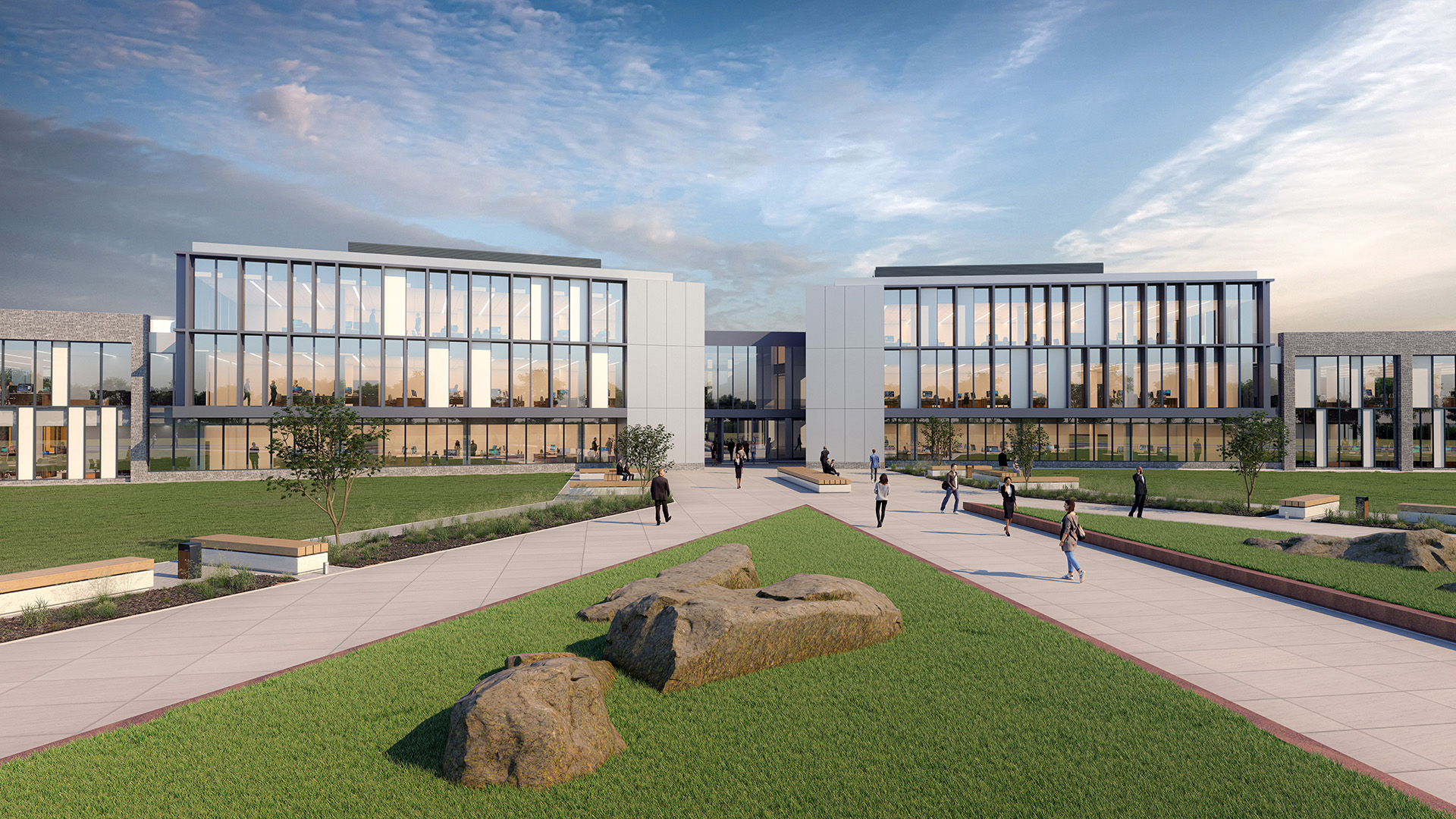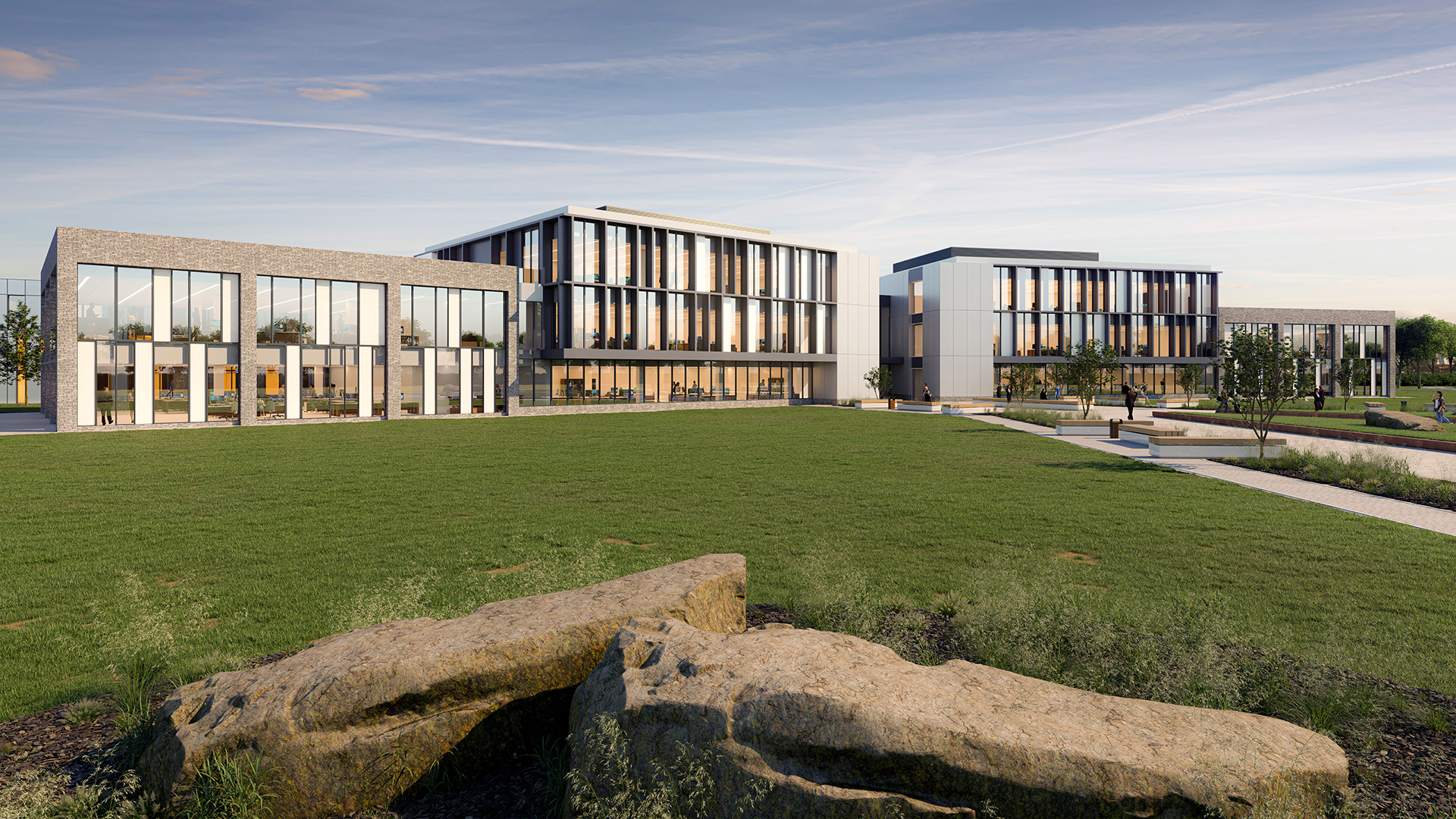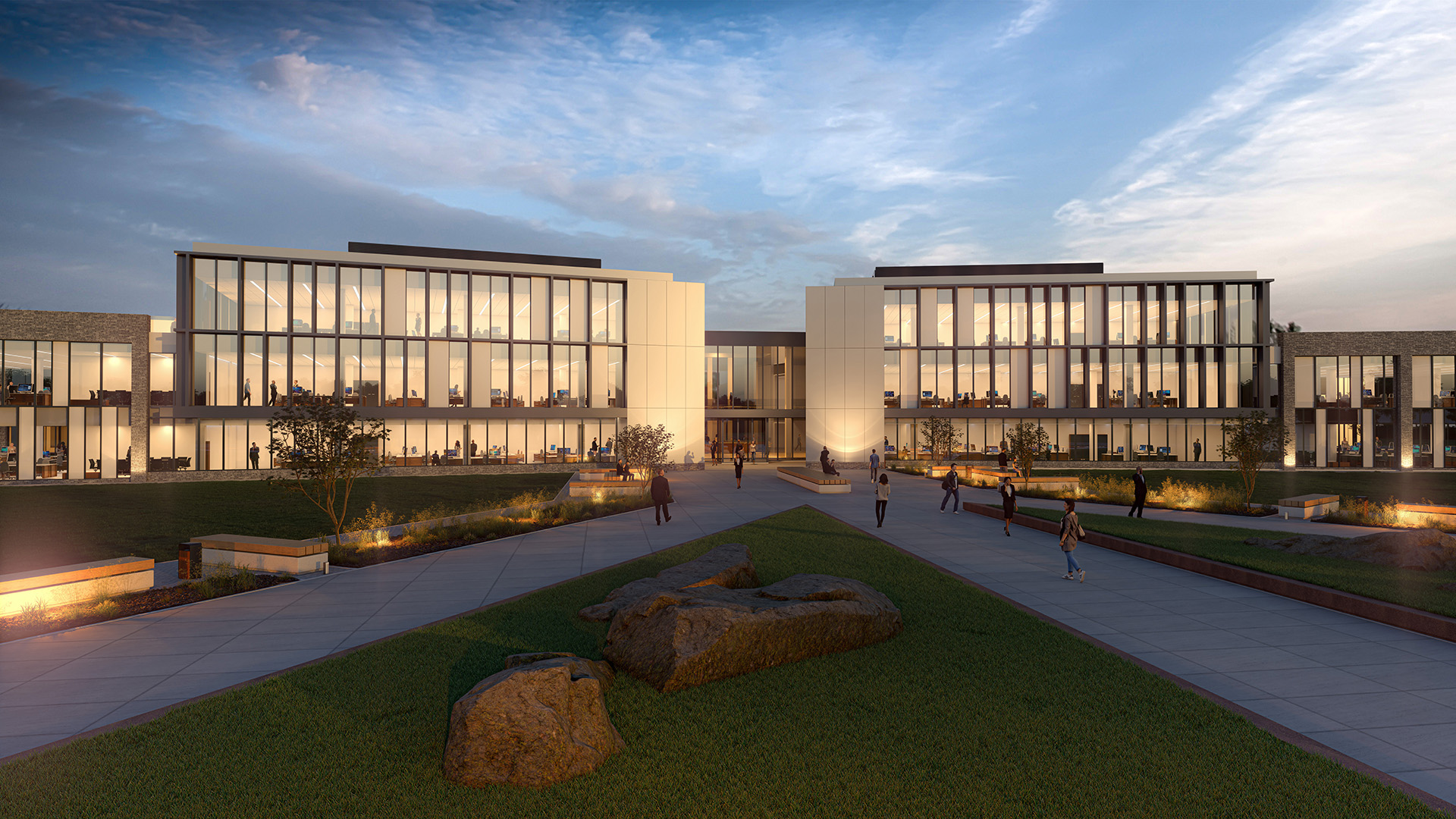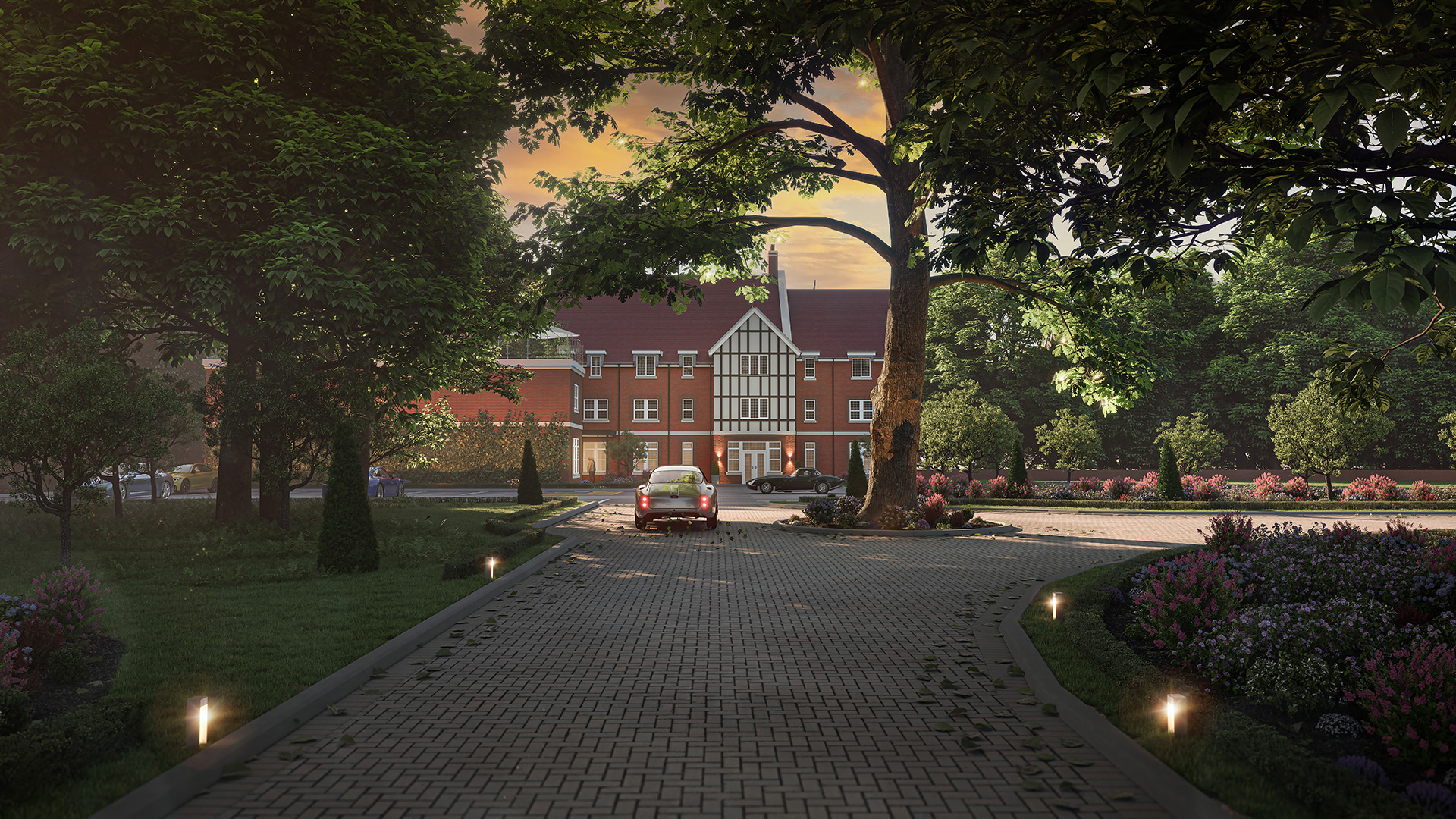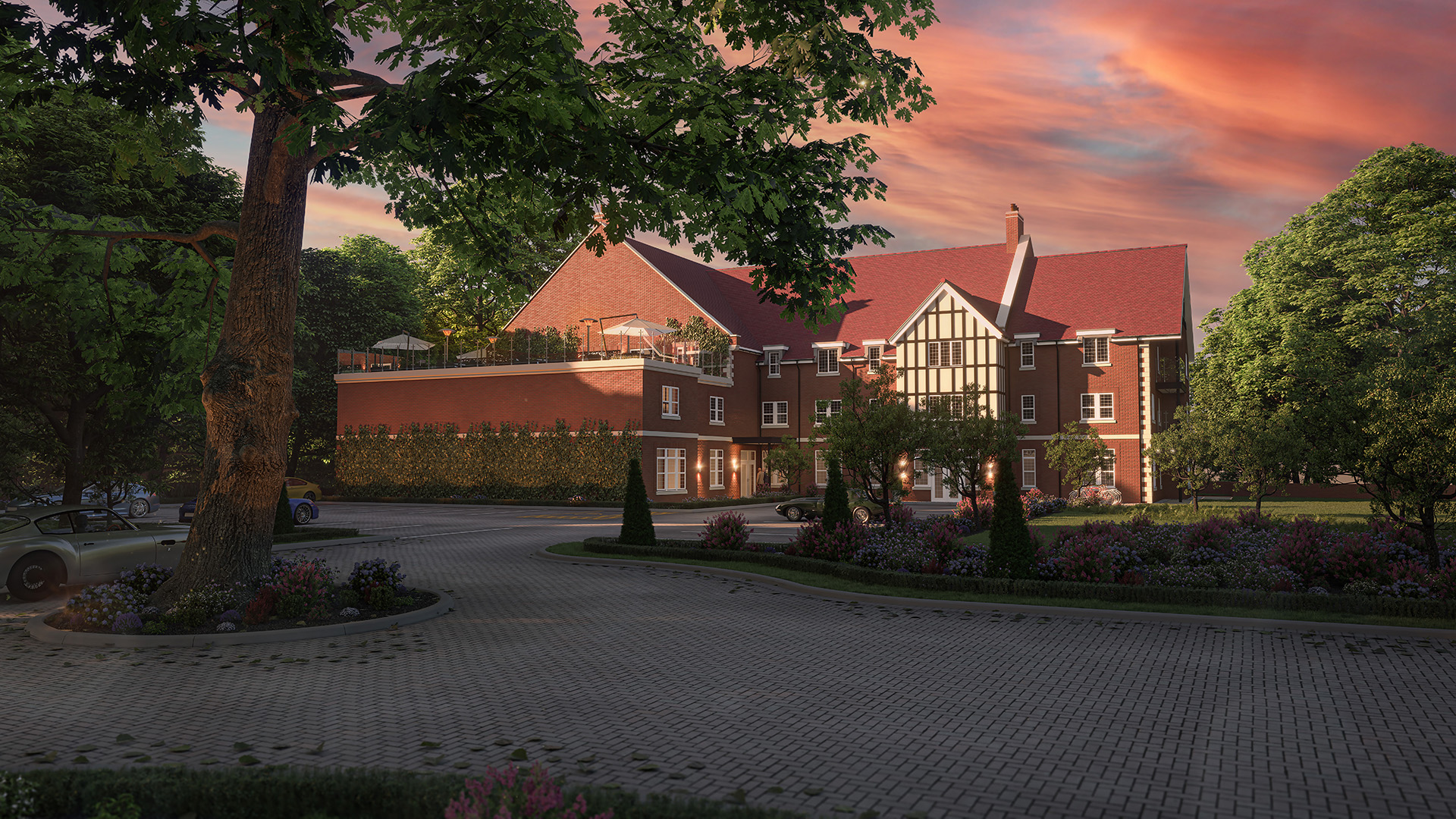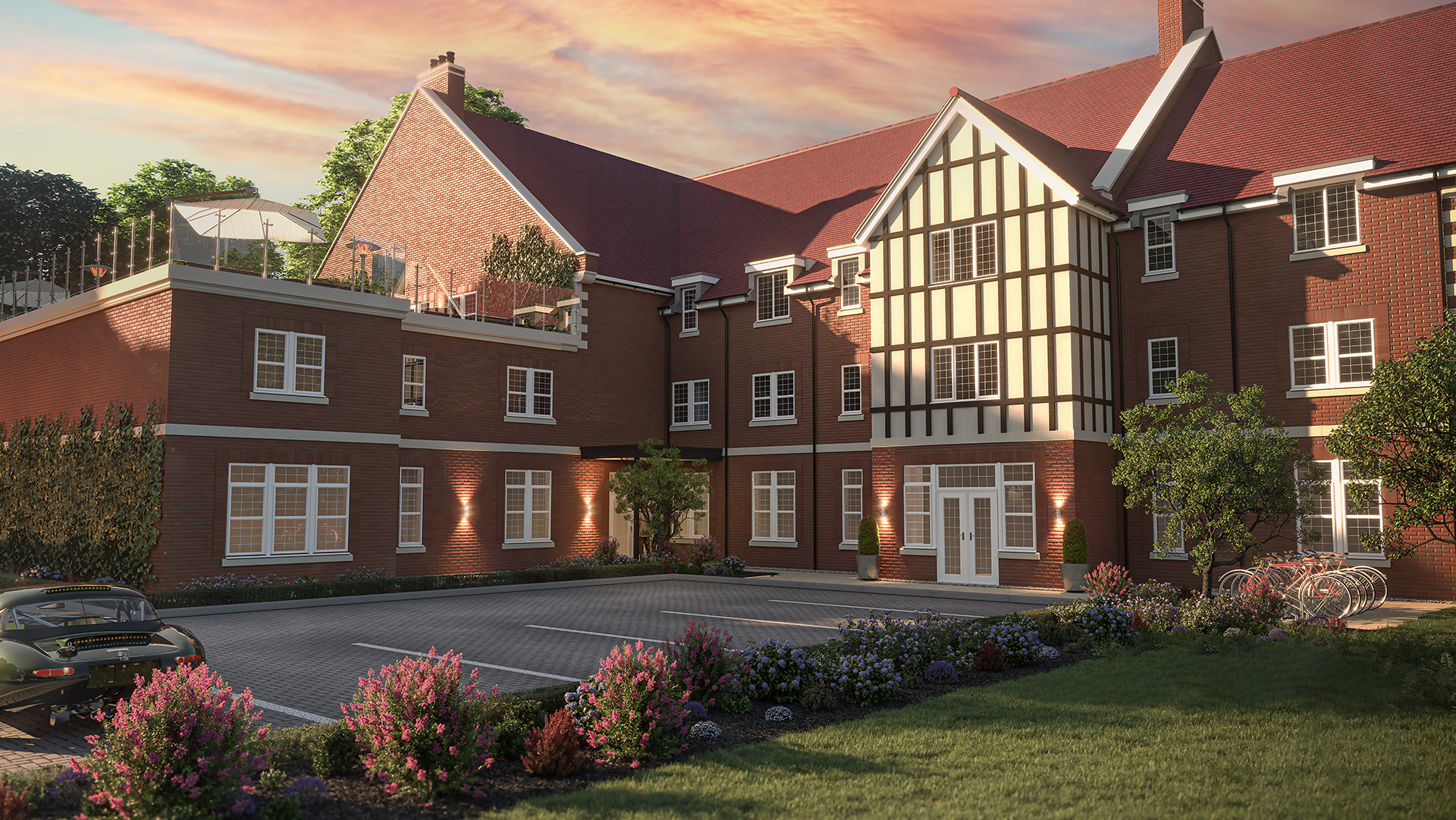Architectural Visualization in real estate.
The real estate industry globally has undergone a significant transformation, thanks to the advancements in technology. In the past, architects relied on 2D blueprints to communicate their designs. However, with the advent of 3D architectural rendering, real estate marketing has taken a leap forward.
At Visual Worx, we understand the importance of 3D visualization in the real estate industry and are here to help bring your designs to reality. Our team of experts utilizes cutting-edge technology to provide top-notch 3D architectural rendering services.
3D visualization offers numerous benefits to both buyers and sellers by enabling them to make informed decisions. The technology offers a creative and interactive way of visualizing properties, even when they are still under construction.
Our team of experts offers various tools and techniques such as 3D visualization for interior and exterior design, CG panoramas, 360 virtual tours, and 3D animations to help bring your designs to life and showcase the potential of a property to clients.
In conclusion, 3D architectural visualization has proven to be a game-changer for the real estate market in Australia, and with Visual Worx by your side, you can bring your designs to reality.
Some of our latest projects
Why are 3D renderings important in architectural design?
3D renderings are perhaps the most effective way to communicate ideas in the architectural industry — they require no additional physical materials, they’re faster than traditional methods of model making, and they show more. Below are five other key benefits of using 3D architectural rendering software:
1. You can explain your ideas to anybody
Explaining a structure as detailed as a building project to someone without prior knowledge of your field can be exhausting without the help of visual aids. 3D renderings are an easy way to communicate many details about a project easily.
2. It’s cost-effective
You may assume that technology as sophisticated as 3D architectural visualization is pricey — and in its early days, it certainly was. However, 3D rendering has become much more affordable over the years and is now within the budget of most homeowners. Even 3D animations, which can portray even more to potential clients than just images, have a high cost-to-benefit ratio.
However, because 3D software has become increasingly accessible to everybody, it’s not uncommon to come across freelancers who offer their services at a reduced cost. Be cautious when considering cheaper services — the final product may be of much lower quality. While you may save money upfront, you may have to deal with more costs later on, which we will explain in the following section.
3. You can detect project errors early on
It’s all too common for project budgets to be exceeded as a result of the changes made by clients while the structure is being built. This is because clients often have no architectural training and have difficulty comprehending certain ideas before the construction stage begins, especially if there aren’t enough drawings to communicate particular ideas. 3D models give clients the opportunity to spot issues early on. With a photo-realistic rending of their project, they can know whether they dislike the design and layout of something right from the start. By catching the problem in the early stages, they can avoid the potentially enormous costs of making changes after construction has already begun.
4. You can use 3D models as marketing tools
If you’re an architect wanting to attract investors and businesses, creating a stunning image of your project idea is a great way to advertise yourself. Sketch drawings and blueprints, while informative, will not serve to promote your projects and ideas. It is better to hire a rendering company that can accurately convey your ideas through 3D visualization.
5. You can make more engaging presentations
As we mentioned above, it’s almost always more efficient and effective to communicate your ideas with clear visuals. By presenting your audience with photo-realistic renderings, you will receive positive reactions and meaningful feedback from the audience.
The future of 3D architectural visualization
The future of 3D architectural rendering is bright, with advancements in rendering software and processing power leading to more efficient and cost-effective methods for creating high-quality models. This increased efficiency allows for a more iterative design process, where changes can be made quickly and easily. One exciting possibility for the future of 3D architectural visualization is the use of virtual reality technology, which allows architects to take clients on virtual tours of their designs and provide them with a more immersive experience. This can lead to faster project approvals and increased confidence in the project from clients.

